In the intricate tapestry of global commerce, few nations have woven as dominant and influential a narrative as China.
Its prowess in manufacturing, especially in the artificial plant sector, is legendary.
This article seeks to explore the profound influence of Chinese artificial plant manufacturers on global trade.
The Rise of Chinese Manufacturing
China’s ascent as the ‘World’s Factory’ is a story of ambition, innovation, and resilience.
Over recent decades, the nation has transformed its economic landscape, transitioning from a largely agrarian society to a global manufacturing powerhouse.
This metamorphosis has been driven by a combination of factors: a vast labor pool, strategic Chinese government policies, infrastructural development, and an innate spirit of entrepreneurship.

Within this broader narrative, the artificial plant industry has carved a niche for itself. Historically, both natural and artificial plants were often viewed differently.
However, advancements in technology, primarily driven by Chinese innovation, have revolutionized this perception.
Today, China stands as the leading producer and exporter of artificial plants, serving a diverse and ever-expanding global market.
Quality Meets Affordability
One of the hallmarks of Chinese manufacturing is its ability to strike a balance between quality and cost. In the realm of artificial plants, this equilibrium is particularly evident.
Using state-of-the-art machinery and synthetic materials, Chinese manufacturers produce artificial plants that rival real plants in appearance.
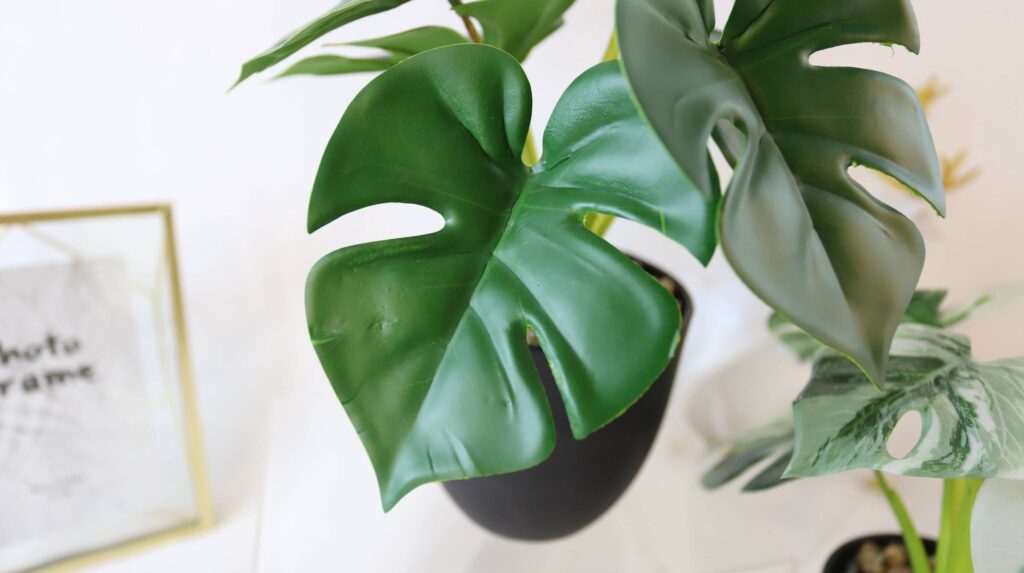
The flowers market in particular has seen a surge in demand for artificial flowers. These fake plants and flowers, once considered a lesser alternative, are now sought after for their longevity and aesthetic appeal.
With the growth rate of the artificial flowers market skyrocketing in recent market research, it’s evident that consumers worldwide are recognizing the benefits of these products.
Innovation at the Forefront
Beyond mere replication, Chinese manufacturers have consistently showcased innovation.
From creating lifelike textures to developing UV-resistant artificial plants, the industry has continually evolved.
This innovation isn’t limited to just plants; the rise of artificial intelligence in manufacturing processes is a testament to China’s forward-thinking approach.
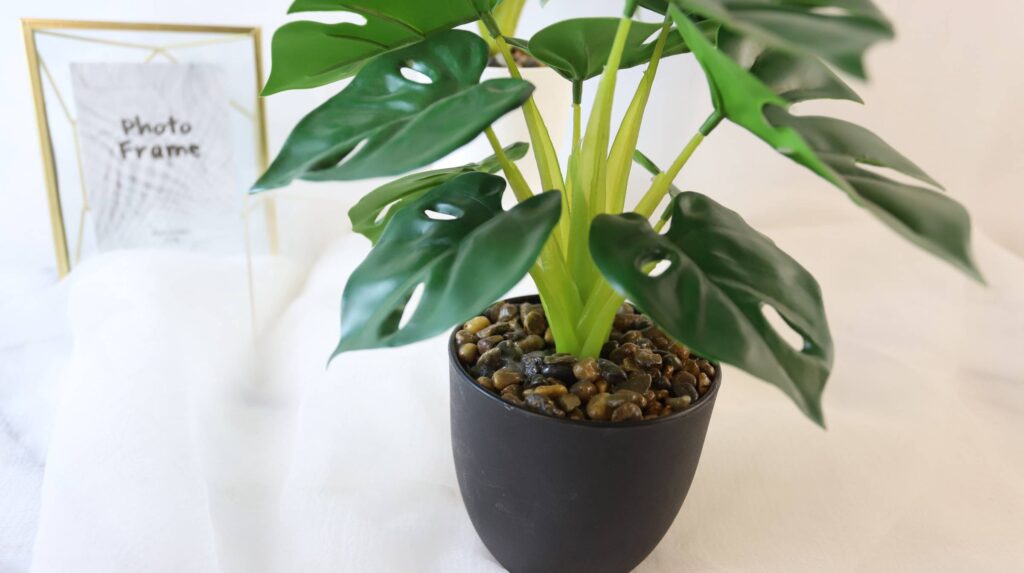
Furthermore, with the integration of technology into the manufacturing process, Chinese companies have been able to produce artificial plants that can withstand various environmental conditions, making them suitable for both indoor and outdoor use.
This technological advancement has expanded the market share of artificial plants globally.
Sustainability and Eco-Friendliness
In a world grappling with environmental challenges, the significance of sustainable solutions cannot be overstated.
Artificial plants, inherently long-lasting and requiring minimal maintenance, present an eco-friendly alternative to fresh flora.

Recognizing the global shift towards sustainability, Chinese manufacturers have integrated green practices into their production processes, ensuring that the artificial plants they produce have a minimal carbon footprint.
The Global Supply Chain
China’s influence on the artificial plant industry extends beyond its borders, facilitated by a robust supply chain.
Leveraging its strategic geographical location and world-class logistics infrastructure, China ensures timely and efficient distribution of artificial plants to every corner of the globe.

This efficient supply chain has been a key factor in China’s dominant position in the global market.
Challenges and Opportunities
No journey is without its challenges, and the Chinese artificial plant industry is no exception.
Fluctuating raw material prices, increasing labor costs, and competition from other countries are realities that the industry grapples with.
However, these challenges also present opportunities.

By investing in research and development, embracing automation, and forging strategic global partnerships, Chinese manufacturers are poised to navigate these challenges and emerge stronger.
Market Analysis and Growth
A recent analysis of the flowers market reveals a burgeoning demand for artificial plants and artificial flowers.
This surge is not just limited to China; countries like Japan have also seen a significant uptick in imports of these products.

The research indicates that the growth rate of the artificial plant industry is set to outpace that of natural plants in the coming years.
The Role of Exports and Imports
Exports play a pivotal role in China’s dominance in the artificial plant industry.
With competitive price points and high-quality manufacture, Chinese artificial plants have found their way into homes and businesses across the globe.
On the flip side, imports of raw materials and advanced machinery have further strengthened the industry, allowing for innovation and expansion.
Investing in the Future
Recognizing the potential of the artificial plant industry, many Chinese firms are choosing to invest heavily in research and development.
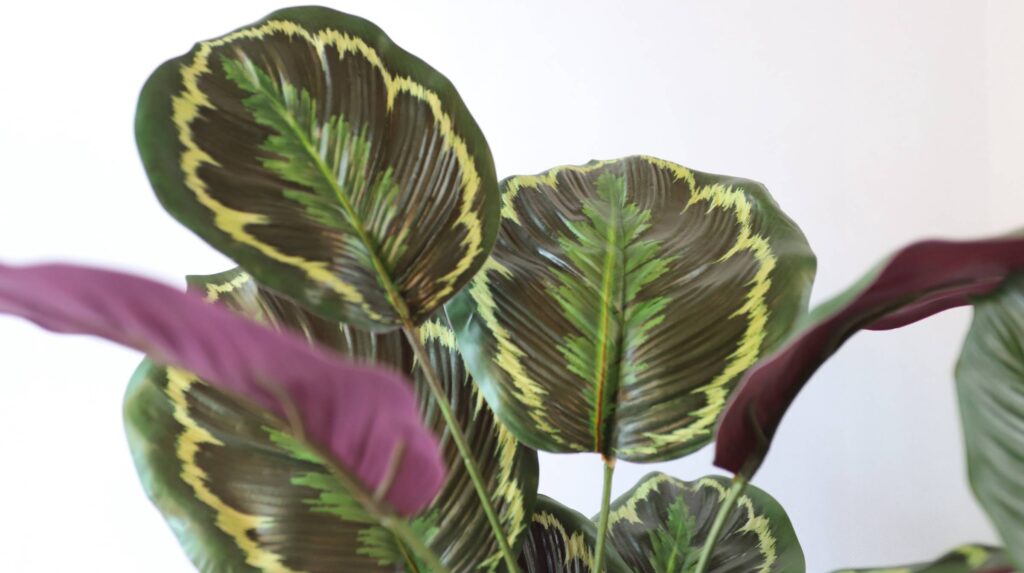
This investment is the first step towards ensuring that the products produced are of the highest quality and meet the evolving needs of customers globally.
Customer-Centric Approach
Customers are at the heart of the artificial plant industry. Chinese manufacturers have recognized the importance of understanding customer preferences and needs.
As a result, they offer a range of services, from customization to post-purchase support, ensuring that customers receive value for their price.
The Natural vs. Artificial Debate
While natural plants have their charm, the benefits of artificial plants are hard to ignore.
They require minimal maintenance, are long-lasting, and can be designed to mimic the appearance and texture of natural plants closely.

This has led to a shift in consumer preference, with many opting for the convenience and aesthetic appeal of artificial plants.
The Price Factor
One of the significant advantages of artificial plants is the price. Given their longevity and minimal maintenance requirements, they offer excellent value for money.
Moreover, with advancements in manufacturing techniques, the price points of these plants have become even more competitive, making them an attractive option for consumers.
Embracing Technology in Services
The integration of technology in the services offered by artificial plant manufacturers has been a game-changer.

From virtual showrooms to AI-driven customer support, these technological advancements have enhanced the buying experience for customers.
The Global Influence of the Artificial Plants Industry
The flowers market has always been a significant sector in global trade. However, in recent years, the demand for artificial plants and artificial flowers has seen an unprecedented surge.
This isn’t just a fleeting trend; several factors contribute to this shift in preference.
The Versatility of Artificial Plants
One of the primary reasons for the growing popularity of artificial plants is their versatility.
Unlike natural plants, which might have specific care requirements and may not be suitable for all environments, artificial plants can be placed anywhere, from a dimly lit room to a sun-soaked patio.
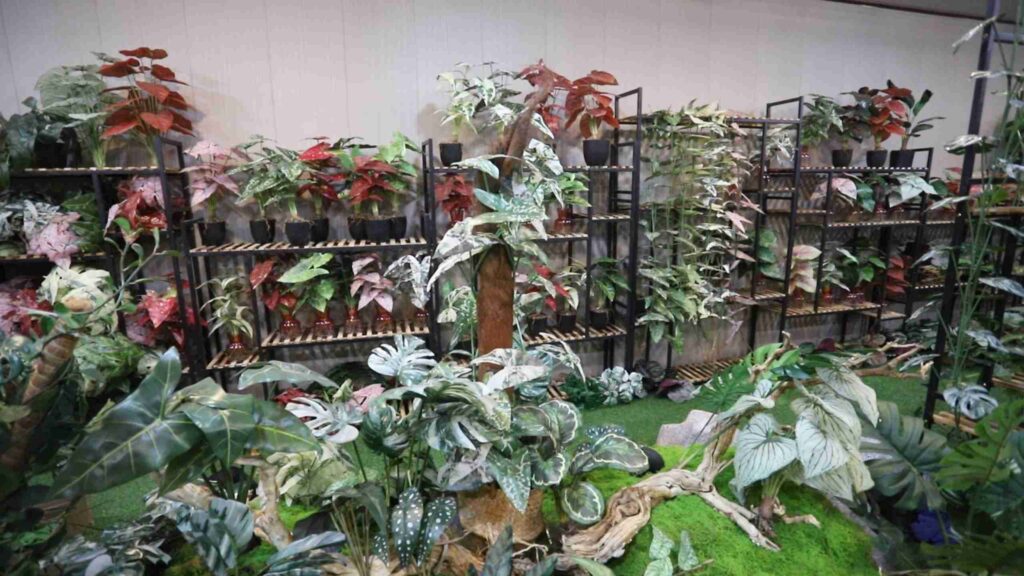
This adaptability has made them a favorite among interior designers and homeowners alike.
The Economic Impact on the Flowers Market
The economic implications of the rise of artificial plants in the flowers market are profound.
Traditional florists and garden centers have had to adapt to this changing landscape, with many now offering a range of artificial flowers alongside natural ones.
This shift has also opened up new avenues for entrepreneurs and businesses looking to tap into this burgeoning market.
Sustainability and Artificial Plants
In today’s eco-conscious world, sustainability is a buzzword. While natural plants are, of course, biodegradable, they also require water, soil, and other resources for cultivation.

On the other hand, artificial plants, once produced, have a much longer lifespan and don’t require any resources for maintenance.
This long-term sustainability angle is another reason for their growing popularity.
The Art and Craftsmanship Behind Artificial Flowers
The production of artificial flowers is an art in itself. The intricate details, the lifelike appearance, and the texture that mimics real flowers are all a testament to the craftsmanship of the manufacturers.
Chinese manufacturers, in particular, have mastered this art, producing artificial flowers that sometimes even outshine their natural counterparts in terms of aesthetics.
The Road Ahead for the Artificial Plants Industry
The future looks bright for the artificial plants industry.
With advancements in production techniques, the increasing importance of sustainability, and the sheer versatility of these plants, their place in the flowers market is secure.

Manufacturers and businesses that continue to innovate and adapt to consumer preferences will undoubtedly reap the rewards of this growing industry. The Chinese market has a wide variety of artificial flower types to choose from.
Looking Ahead
The world trade organization predicts a steady growth in the artificial plant industry, with China continuing to play a pivotal role.
As the global landscape evolves, marked by technological advancements and changing consumer preferences, the artificial plant industry stands at a crossroads.
With its deep-rooted commitment to quality, innovation, and sustainability, China is well-equipped to lead the industry into a promising future.
As the industry evolves, manufacturers will need to adapt, innovate, and invest to stay ahead of the curve.
The forecast period suggests a steady growth rate for the industry, with China continuing to play a pivotal role.
Conclusion
The evolution of the artificial plants industry, particularly in China, underscores the dynamic interplay of innovation, consumer preferences, and global market trends.
As the demand for artificial flowers and plants continues to grow, it reflects a broader shift towards sustainable, versatile, and aesthetically pleasing alternatives in the flowers market.
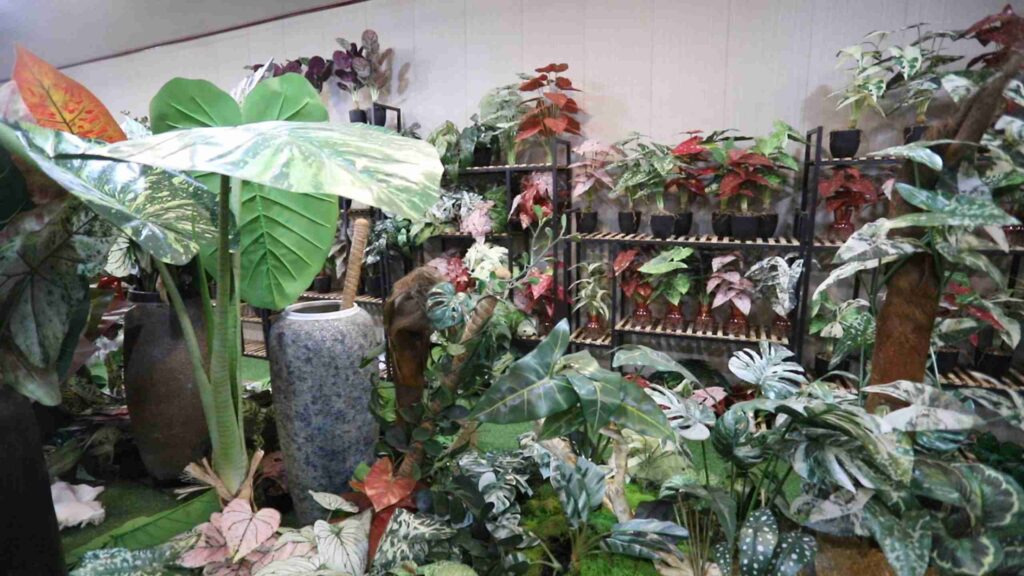
China’s pivotal role in this transformation, backed by craftsmanship and advanced manufacturing techniques, not only highlights its dominance in global trade but also sets the stage for the future trajectory of this vibrant industry.

